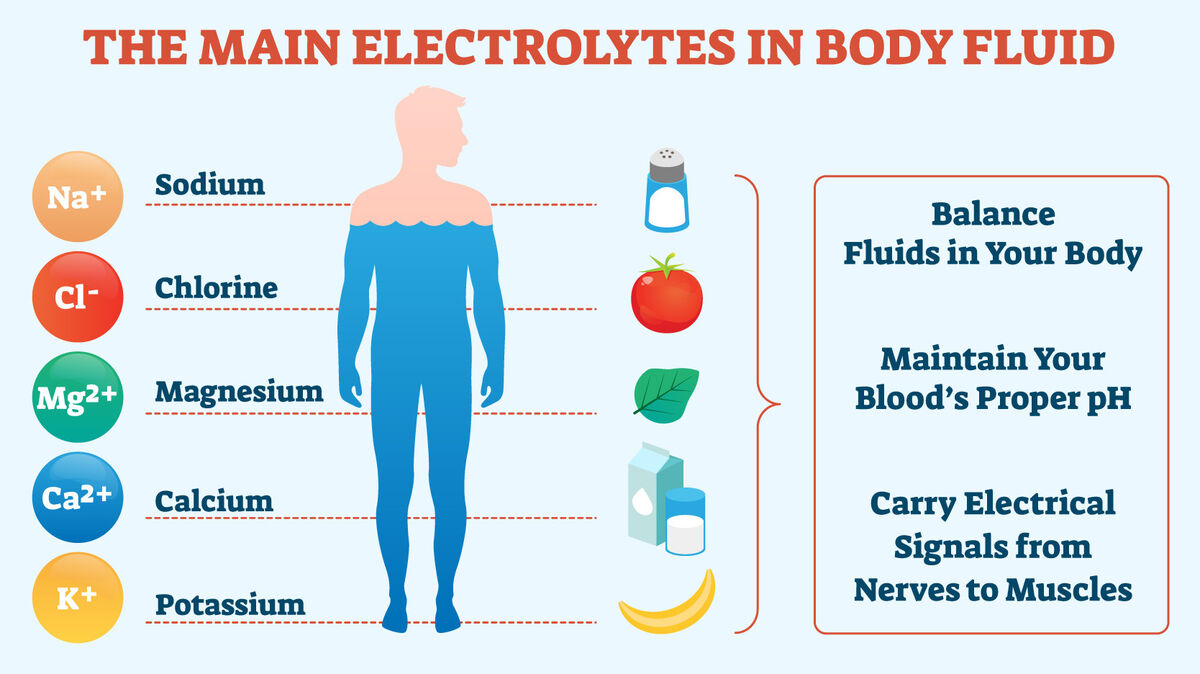What is the cause of hydropic swelling?
Oncogene activation.
Sodium/potassium pump dysfunction.
Membrane rupture.
ATP accumulation.
The Correct Answer is B
Choice A: Oncogene Activation
Oncogene activation refers to the process by which normal genes (proto-oncogenes) become oncogenes, leading to uncontrolled cell growth and potentially cancer. This process involves mutations or overexpression of genes that regulate cell proliferation and survival. While oncogene activation is a critical factor in cancer development, it is not directly related to hydropic swelling, which is a form of cellular injury characterized by the accumulation of water within cells.
Choice B: Sodium/Potassium Pump Dysfunction
Hydropic swelling, also known as cellular swelling, results from the malfunction of the sodium/potassium (Na+/K+) pump. This pump is essential for maintaining the ionic balance within cells by actively transporting sodium out of the cell and potassium into the cell. When the Na+/K+ pump fails, sodium accumulates inside the cell, leading to an influx of water to balance the osmotic pressure. This results in cellular swelling, which is a hallmark of reversible cell injury.
Choice C: Membrane Rupture
Membrane rupture refers to the breaking of the cell membrane, which can lead to cell death and the release of cellular contents into the surrounding tissue. This process is typically associated with irreversible cell injury and necrosis. While membrane rupture can result from severe cellular damage, it is not the primary cause of hydropic swelling, which occurs due to ionic imbalances rather than physical disruption of the cell membrane.
Choice D: ATP Accumulation
ATP (adenosine triphosphate) is the primary energy currency of the cell, used to power various cellular processes. Accumulation of ATP within the cell is not typically associated with cellular swelling. In fact, a decrease in ATP levels, rather than an accumulation, is more likely to contribute to cellular injury. Reduced ATP levels can impair the function of the Na+/K+ pump, leading to ionic imbalances and subsequent hydropic swelling.
Nursing Test Bank
Naxlex Comprehensive Predictor Exams
Related Questions
Correct Answer is B
Explanation
Choice A: Convert Amino Acid to Glucose
The process of converting amino acids to glucose is known as gluconeogenesis. This metabolic pathway allows the body to produce glucose from non-carbohydrate sources, such as amino acids, during periods of fasting or intense exercise. While this process is crucial for maintaining blood glucose levels, it is not the definition of glycogenolysis.
Choice B: Break Down Glycogen to Glucose
Glycogenolysis is the biochemical process of breaking down glycogen into glucose. Glycogen, a stored form of glucose in the liver and muscle cells, is broken down to provide immediate energy and to maintain blood glucose levels during fasting or intense physical activity. This process is regulated by hormones such as glucagon and epinephrine, which activate enzymes that catalyze the breakdown of glycogen into glucose-1-phosphate and then into glucose-6-phosphate3. The glucose-6-phosphate can then be used in glycolysis to produce energy or released into the bloodstream to maintain blood glucose levels.
Choice C: Convert Glucose to Amino Acid
The conversion of glucose to amino acids is not a typical metabolic pathway. Instead, glucose is primarily used for energy production through glycolysis and the citric acid cycle. Amino acids are synthesized from intermediates of these pathways and other metabolic processes, but glucose itself is not directly converted into amino acids.
Choice D: Convert Fat to Amino Acid
The conversion of fats to amino acids is not a standard metabolic process. Fats are broken down into fatty acids and glycerol through lipolysis. Fatty acids can be further oxidized to produce energy, while glycerol can enter gluconeogenesis to produce glucose. Amino acids, on the other hand, are derived from dietary proteins or synthesized from other amino acids and metabolic intermediates.
Correct Answer is D
Explanation
Choice A: Calcium
Calcium plays a crucial role in various physiological processes, including muscle contraction, blood clotting, and nerve transmission. While calcium is essential for maintaining overall health, it is not directly associated with changes in blood pH. Calcium levels are tightly regulated by hormones such as parathyroid hormone (PTH) and calcitonin, but these do not significantly influence blood pH.
Choice B: Sodium
Sodium is a major extracellular electrolyte that helps regulate fluid balance, nerve function, and muscle contraction. Although sodium is vital for maintaining osmotic balance and blood pressure, it does not directly affect blood pH. Sodium levels are primarily controlled by the kidneys and hormones like aldosterone, which do not have a direct impact on the acid-base balance of the blood.
Choice C: Magnesium
Magnesium is involved in over 300 biochemical reactions in the body, including protein synthesis, muscle and nerve function, and blood glucose control. While magnesium is important for overall health, it does not have a direct role in altering blood pH. Magnesium levels are regulated by the kidneys and are essential for maintaining normal muscle and nerve function, but they do not directly influence the acid-base balance.
Choice D: Potassium
Potassium is a key intracellular electrolyte that plays a significant role in maintaining the acid-base balance of the blood. Changes in potassium levels can affect the pH of the blood. For example, hyperkalemia (high potassium levels) can lead to acidosis, while hypokalemia (low potassium levels) can lead to alkalosis. Potassium helps regulate the hydrogen ion concentration in the blood, which directly impacts the pH. Therefore, potassium is the electrolyte most closely associated with changes in blood pH.

Whether you are a student looking to ace your exams or a practicing nurse seeking to enhance your expertise , our nursing education contents will empower you with the confidence and competence to make a difference in the lives of patients and become a respected leader in the healthcare field.
Visit Naxlex, invest in your future and unlock endless possibilities with our unparalleled nursing education contents today
Report Wrong Answer on the Current Question
Do you disagree with the answer? If yes, what is your expected answer? Explain.
Kindly be descriptive with the issue you are facing.
